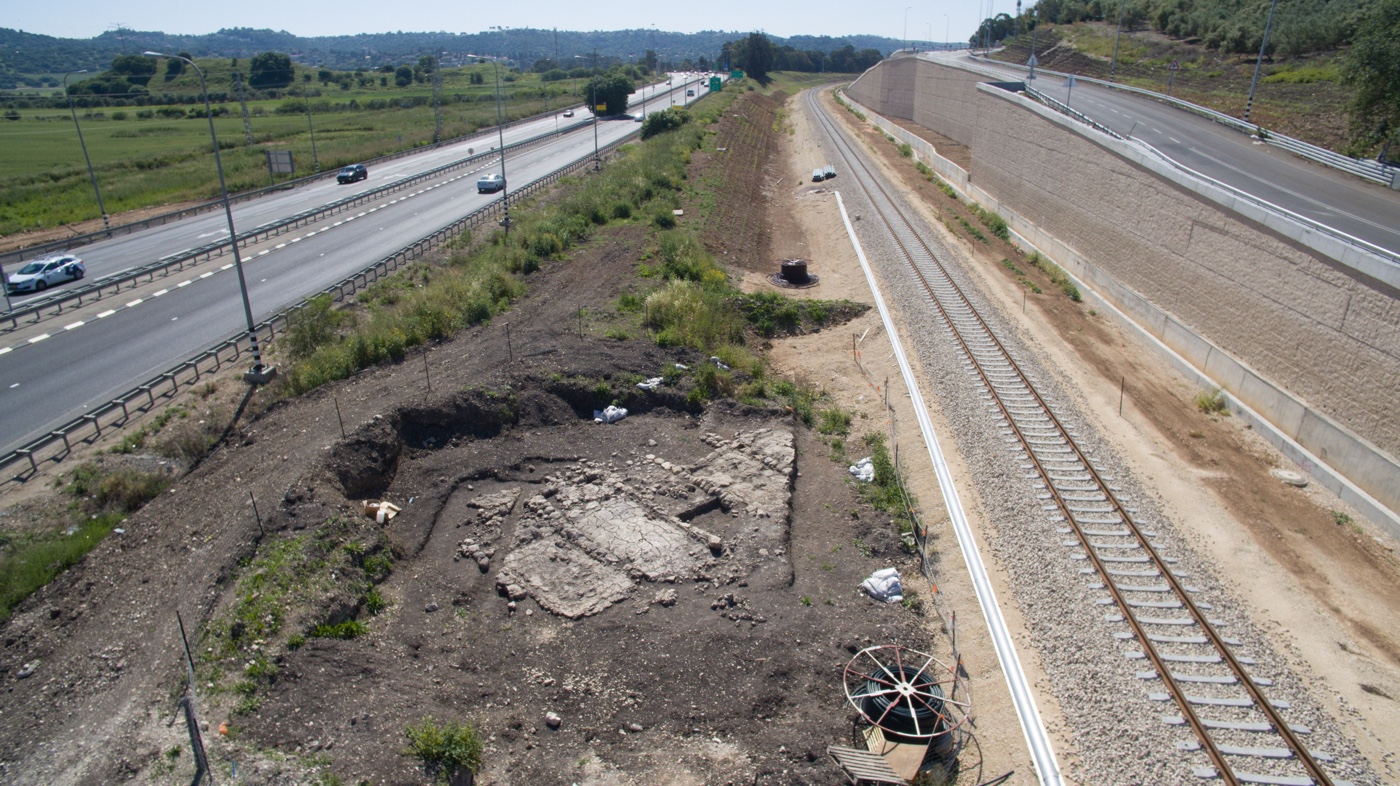Israel's Oldest Glass Factory Discovered

Archaeologists say they've have unearthed the oldest known glass factory in Israel, dating back to the fourth century A.D.
The discovery of turquoise chunks of raw glass and collapsed, ash-covered kilns provide the first archaeological evidence of glass production in Israel during the Late Roman period.
"We know from historical sources dating to the Roman period that the Valley of Akko was renowned for the excellent-quality sand located there, which was highly suitable for the manufacture of glass," said Yael Gorin-Rosen, head curator of the Israel Antiquities Authority (IAA) glass department. [The Holy Land: 7 Amazing Archaeological Finds]
The chemical makeup of ancient glass vessels found throughout the Mediterranean region and Europe suggested the objects were produced in this region of Israel, Gorin-Rosen added. Archaeologists also previously discovered fragments of an edict with maximum prices of goods set by the fourth-century Roman emperor Diocletian. This edict listed prices for two kinds of glass: light green, less expensive, Judean glass from Israel; and Alexandrian glass from Egypt. It was not clear, however, where the Judean glass was produced.
"Now, for the first time, the kilns have been found where the raw material was manufactured that was used to produce this glassware," Gorin-Rosen said in a statement.
The kilns were excavated last summer, ahead of the construction of a new railway line southeast of Haifa, near Mount Carmel.

"We exposed fragments of floors, pieces of vitrified bricks from the walls and ceiling of the kilns, and clean, raw glass chips," Abdel Al-Salam Sa'id, an inspector with the Israel Antiquities Authority, who directed the excavations, said in the statement. "We were absolutely overwhelmed with excitement when we understood the great significance of the finds."
Get the world’s most fascinating discoveries delivered straight to your inbox.
To make glass at the time, people would have heated sand in a melting chamber to temperatures of 2,192 degrees Fahrenheit (1,200 Celsius degrees) for at least a week, according to the IAA. Sometimes the raw chunks of glass that were produced weighed more than 10 tons. But inevitably these chunks would have been broken into smaller pieces to be sold to workshops, where they would be melted down again to be blown into glass bowls, cups and other vessels.
The newly discovered kilns predate the sixth-seventh century A.D. kilns that were found at Apollonia, which were previously thought to be the oldest glass kilns in Israel.
Follow us @livescience, Facebook& Google+. Original article on Live Science.

